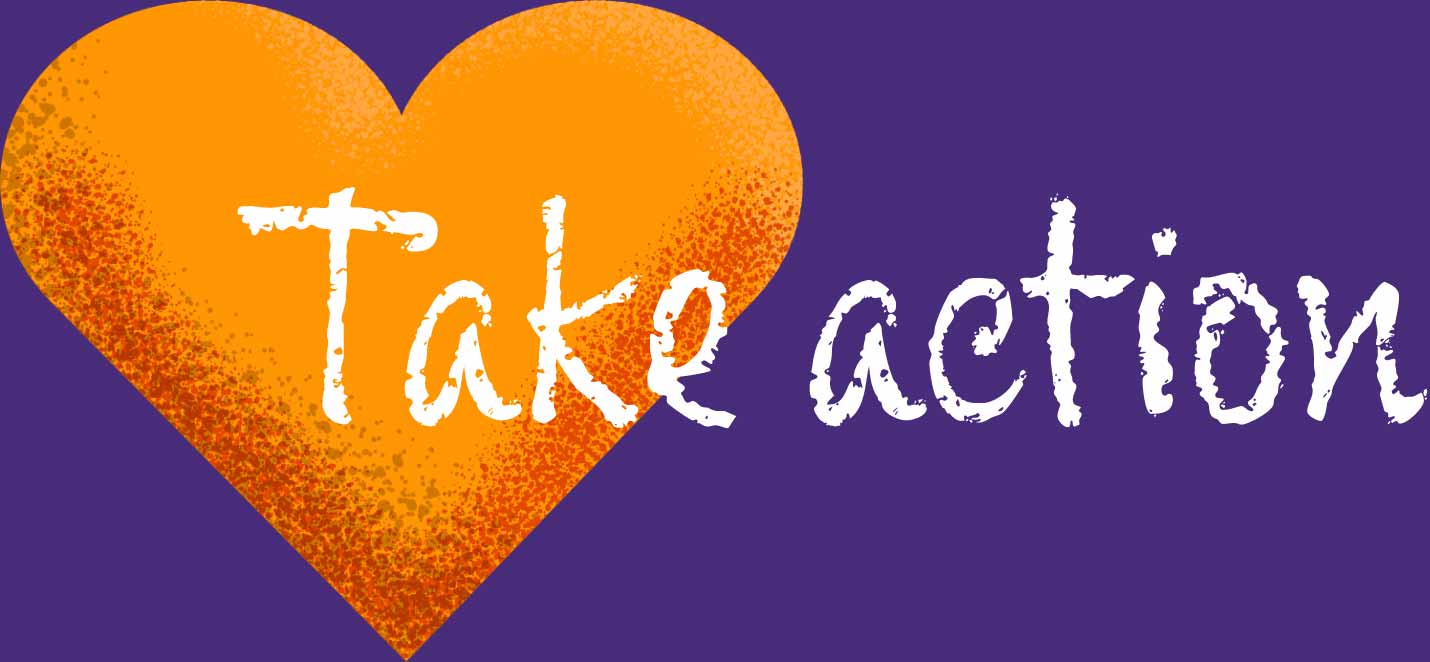Step 2
Promote Values-Based Narratives
Every migrant has a story of hope, courage, despair, success and failure.
Don’t we all?

Why Focus on Shared Values?
Migration can be a divisive issue. Focusing on what we have in common and our shared values is key. It helps us open conversations and create messages that resonate with our target audience.
Human Rights Values Mapping
We all filter information based on our values system, what we care about most. Many of these values are also reflected in the human rights framework.
This section of the toolbox will help you to:
Define your
audience
Consider geographic area, age range, gender, attitudes and viewpoints on migration and other key factors of your audience.
Understand your own and your audience’s values
Consider which values you and your audience care about most. How are these values reflected in the human rights framework?
Identify our
shared values
Consider how your values overlap with those of your audience. How can you create messages that are based on these shared values?

Examples
Podcast: Values-Based Narratives
In the first-ever UN Human Rights podcast, we speak to Jose Antonio Vargas. Vargas is a Pulitzer Prize winning journalist, Emmy-nominated filmmaker and Tony-nominated producer, and a leading voice for the human rights of migrants. He founded Define American, an organization that focuses on narrative change. In this episode, UN Human Rights talks to Vargas about how changing the dominant narrative on migration towards one which focuses on what we have in common can help strengthen communities and break down divides.
Local campaign #GemeinsamMenschlich
JUMA and the International Centre for Policy Advocacy identified shared values that formed the basis of the campaign #GemeinsamMenschlich (‘TogetherHuman’).

Research on perceptions, attitudes and values
Many studies have been carried out on how people feel about migrants and migration. For example:









